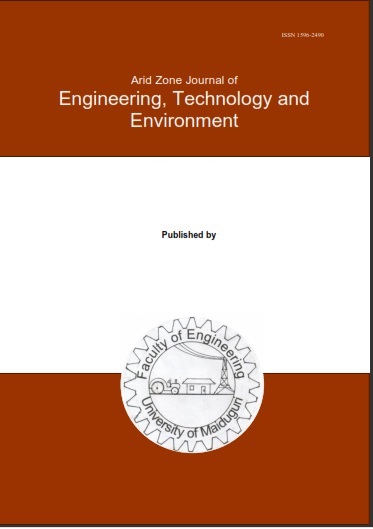Abstract
Unmanned Aerial Vehicles (UAVs) have gained significant traction for real-time surveillance applications such as object tracking and search-and-rescue missions. A key enabler of these capabilities is the integration of a real-time, highly accurate object detection system. While available two-stage detectors like R-CNN, Fast R-CNN, Faster R-CNN, and Mask R-CNN achieve high detection accuracy and precise localization by dividing the image into regions and classifying each region, they are often slow, complex, and resource-intensive, making them unsuitable for real-time applications. To address this limitation, this research utilizes a Darknet-based YOLOv3 (You Only Look Once, Version 3), a state-of-the-art algorithm for real-time object detection in videos, live feeds, and images. Leveraging a deep Convolutional Neural Network (CNN), YOLOv3 efficiently learns features and predicts object locations and class probabilities in a single pass, ensuring high-speed and reliable detection. A real-time aerial surveillance system for quadcopter application using machine vision is proposed. The training dataset, obtained from the internet and self-taken images from a camera, was manually annotated into three critical categories: suspect, bandit, and weapon. The dataset was subsequently divided into training and testing subsets. Experimental results demonstrate that the proposed system achieves outstanding detection accuracy, with an overall mean average precision (mAP@0.5) of 93.82%, precision of 94%, and recall of 83%. Compared to a ResNet-50-based Faster R-CNN model, the YOLOv3-based approach outperformed, achieving success rates of 0.81 for the Bandit class and 1.00 for both Suspect and Weapon classes. This research improves drone-based AI for real-time object detection in security systems, enhancing efficiency and adaptability. It also creates specialized datasets, including a tailored bandit dataset, to support future UAV security research.

This work is licensed under a Creative Commons Attribution-NonCommercial-NoDerivatives 4.0 International License.
Copyright (c) 2025 ARID ZONE JOURNAL OF ENGINEERING, TECHNOLOGY AND ENVIRONMENT

